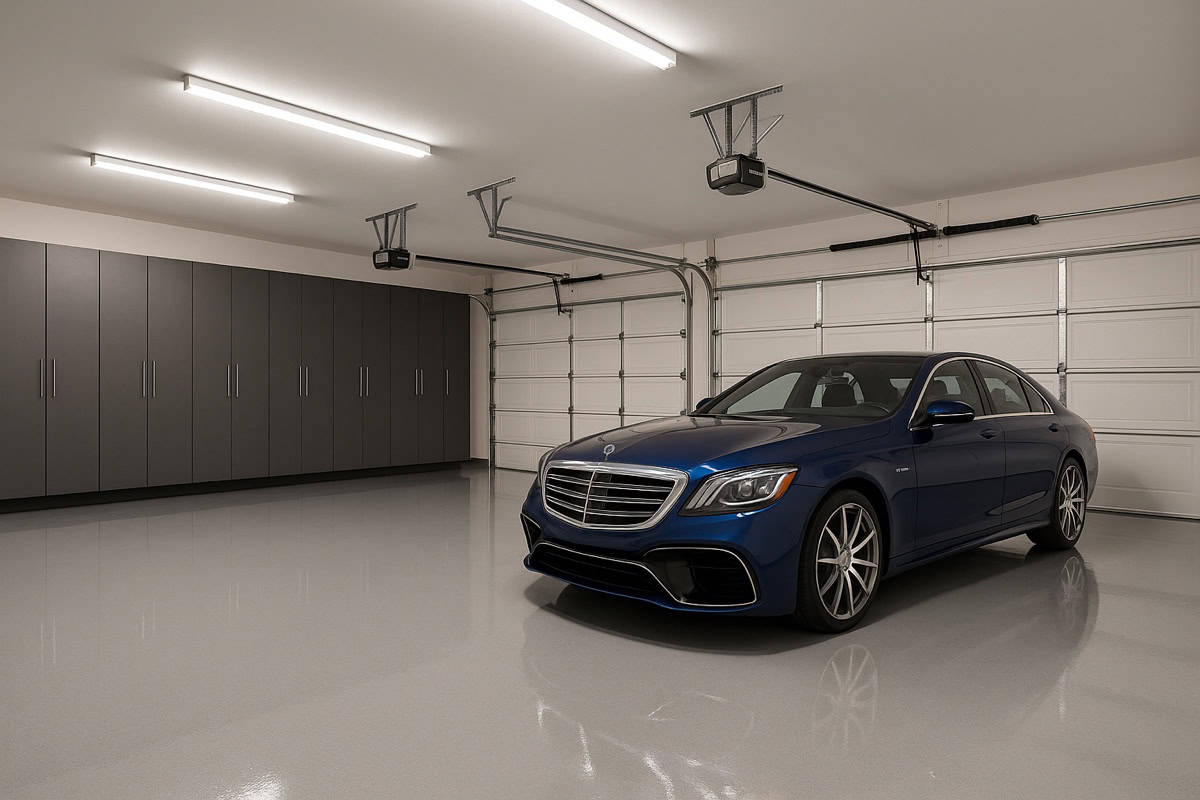For years, we’ve been told that turning off lights when leaving a room is a surefire way to save on electricity bills. However, recent insights from the U.S. Department of Energy (DOE) suggest that this age-old advice might not always hold true—especially with today’s modern lighting technologies.

Quick Read
-
The energy savings from turning off lights depend on the type of bulb—LEDs, CFLs, or incandescent.
-
LED bulbs are highly efficient and not affected by frequent switching, so turning them off isn’t as critical.
-
Old energy-saving habits may need updating to reflect today’s lighting technologies.
Understanding Your Bulbs: Incandescent, CFL, and LED
The energy-saving benefits of turning off lights largely depend on the type of bulbs in use:
-
Incandescent and Halogen Bulbs: These traditional bulbs are energy-intensive, converting much of their energy into heat rather than light. It’s advisable to turn them off whenever they’re not needed to conserve energy.
-
Compact Fluorescent Lamps (CFLs): While more efficient than incandescent bulbs, CFLs are sensitive to frequent switching. Turning them off and on repeatedly can shorten their lifespan. The DOE recommends leaving CFLs on if you’ll be out of the room for less than 15 minutes.
-
Light-Emitting Diodes (LEDs): LEDs are the champions of energy efficiency. They consume minimal power and are not affected by frequent switching. Whether you leave them on or off for short periods doesn’t significantly impact energy consumption or bulb longevity.
Reevaluating Energy Habits in 2025
With the widespread adoption of energy-efficient lighting, the practice of diligently turning off lights may not yield substantial savings. The DOE even offers an online calculator to help homeowners assess potential savings based on bulb type and usage patterns.
In essence, while it’s still beneficial to turn off traditional incandescent or halogen bulbs when not in use, the urgency diminishes with CFLs and becomes almost negligible with LEDs.
So, if your home is illuminated with modern lighting, you can relax a bit. Your energy habits from the 1990s might need an update to match the efficiency of today’s technology.




